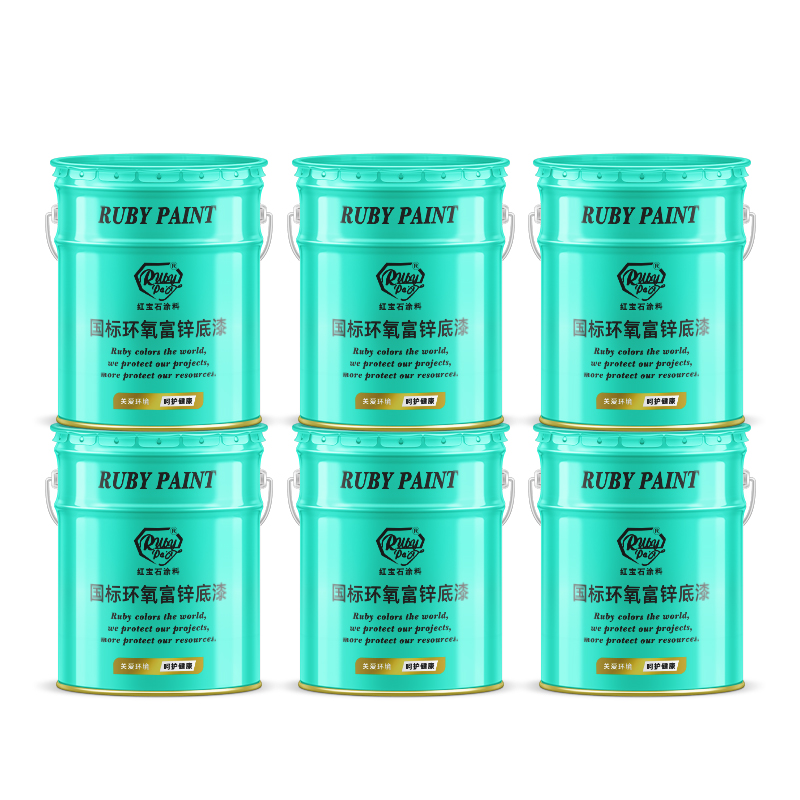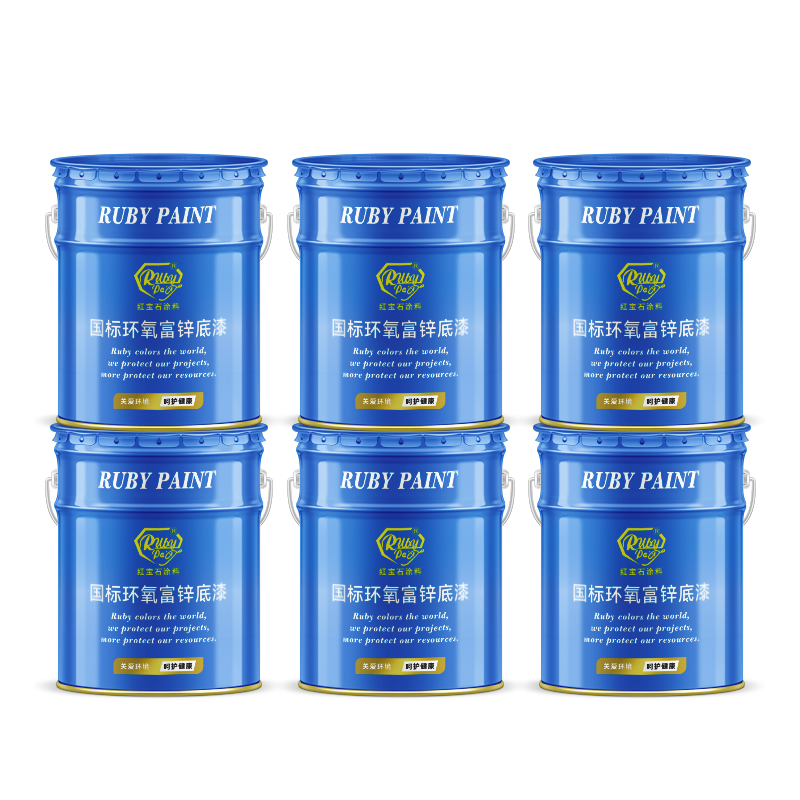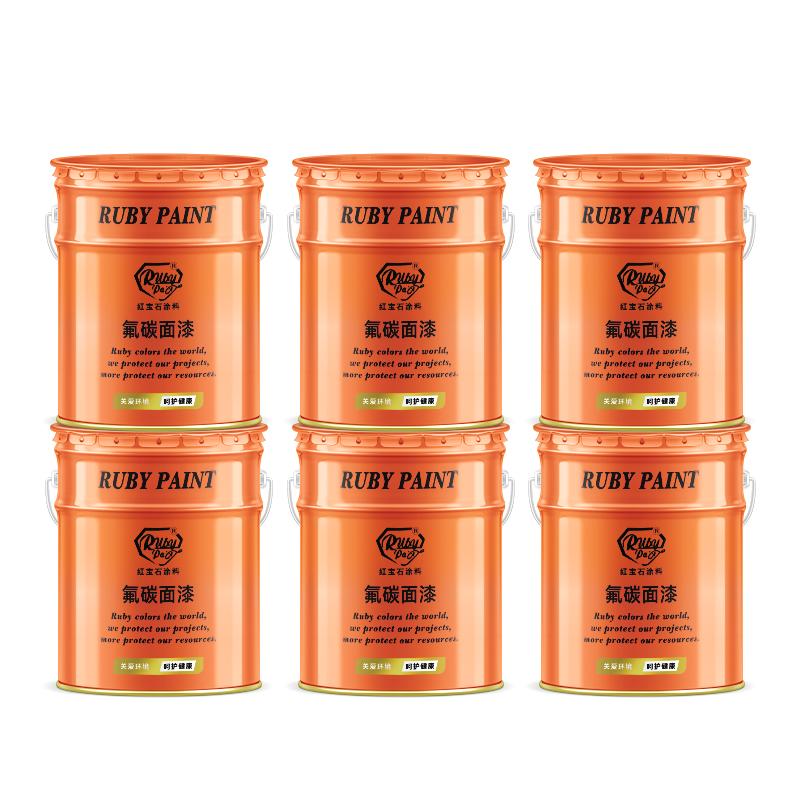
Chlorinated rubber is a polymer with a random ring structure, with a chlorine content of 65%. The chlorinated rubber paint film is dense, and the water vapor and oxygen transmission rate of the paint film are extremely low, so it has good water resistance and rust resistance. Chlorinated rubber is chemically inert, so it has excellent acid and alkali resistance and can be used on alkaline substrates such as concrete.
Chlorinated rubber has good adhesion, it can be dissolved by its own solvent, so the adhesion between the coating layers is very good. It can be applied at low temperatures and has flame retardancy.
The Advantages of Chlorinated Rubber Paint
- The permeation rate of water vapor and oxygen of the paint film is extremely low, so it has good water resistance and rust resistance.
- Excellent acid and alkali resistance.
- Good adhesion and easy to recoat.
- It dries fast, coating application can be performed under low temperature in winter.

Chlorinated Rubber Paint Uses
Chlorinated rubber paint is a coating for indoor and outdoor applications, the road marking from the pool and all applications interposed there between. These chlorinated rubber coatings can be applied to a variety of surfaces, including metal, concrete, pavement, and manhole covers, and it dries in a few hours.
This type of chlorinated rubber coatings is very thick and therefore requires a relatively thin coating, which only needs to be applied once or twice. Hardly any preparation is required before painting; this brings extra convenience to business owners who need to complete painting projects quickly. If applied properly, chlorinated rubber paints will withstand the wear and tear of the next few years, and its color will last even in the harshest environment.
If you are looking for a wear-resistant coating with attractive colors, chlorinated rubber paint is an obvious choice. It is used by companies from all walks of life and is a reliable coating that is easy to apply and requires little maintenance.
Tips When Using Chlorinated Rubber Paint
- 1. Chlorinated rubber paints have a strong smell, which takes a while to dissipate, especially when used indoors. If used indoors, the area must be well ventilated. Please use a suitable mask or respirator when using it. Wear gloves and chemical splash eye protection
- 2. Prepare correctly-if the surface is not clean enough, the paint may blister. Then remove all grease, dirt and grime and fill in any cracks or holes. Sweep up any leaves/dust that may be blown in after cleaning/before painting
- 3. Avoid applying at extremely hot or cold temperatures-if applied at extreme temperatures, the paint may foam, so it can only be applied at the optimum temperature between 10ºC and 25ºC
- 4. Make sure the surface is dry-unless the surface is completely dry, the paint will not adhere effectively. This also applies between coats-so if it rains, make sure the paint is cured before applying subsequent coats
- 5. Use at least two layers
- 6. Apply with a brush or solvent-resistant roller




